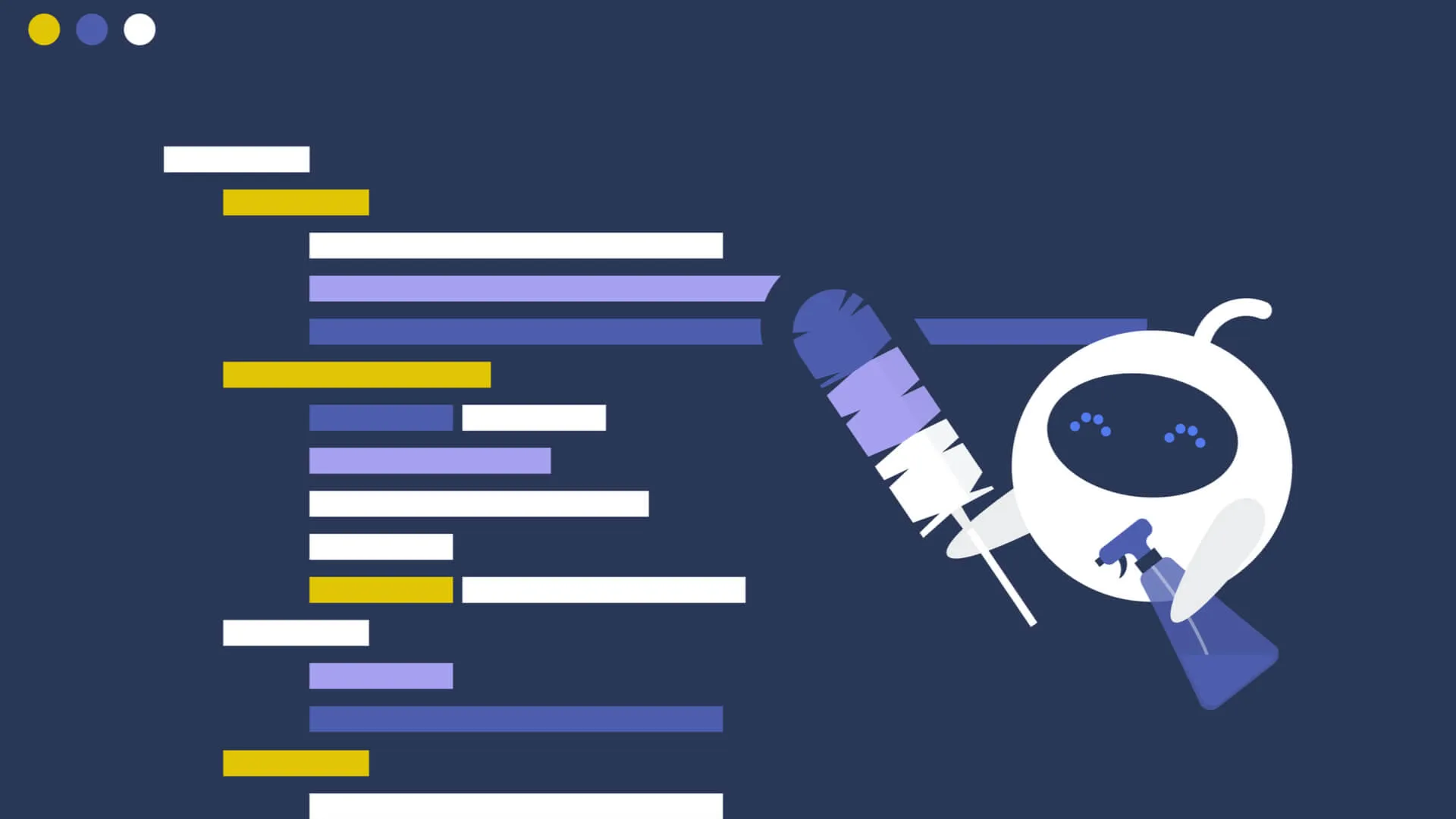If you’ve used social media or the internet in the last 6 months, you will have heard about ChatGPT, Bard or another similarly named Artificial Intelligence (AI) chatbot. AI has become the new shiny tool of the business world, wowing many with its ability to quickly convey tricky subjects in a simple format.
While it is a fascinating and innovative area, the tendency to portray AI chatbots as the answer to all problems has led to an increase in many marketers pushing for an AI-led marketing strategy. AI has got many excellent applications, and does lend itself well to the role of marketing, but should it replace content writing? Let’s delve into it.
How Do AI Chatbots Work?
AI chatbots, like Google’s Bard or OpenAI’s ChatGPT, use Large Language Models (LLMs) to provide a human-like text-based conversation. A LLM is a gargantuan dataset of text and information, that is then processed and studied by an AI. The AI can extract grammar, syntax and object relationships, which enables it to then create human-like conversations and provide correctly written information.
ChatGPT’s AI, for example, was created from a fixed dataset of information which included information up to 2021. Google’s Bard uses live information from Google and other websites. For example, we have seen Bard use data from LinkedIn to supplement answers about people and pull in sources from other sites to provide a more rounded answer.
With all this data, users can then ‘prompt’ the chatbot to respond to anything from basic demands like “please proof this sentence” to more complex queries, such as writing code, producing headlines or writing content.
Should You Use AI to Write Content?
AI has its place in the world, and it most certainly isn’t going anywhere. It can be used to prompt thinking, proof content or as a research tool. But is that the case for creative and often highly objective tasks like content writing? Let’s have a look at some of the pros and cons.

The Pros of Using AI for Content Writing
1. AI can speed up content production
For some tasks, speed is of the essence. If you’ve got content that needs to be spun 20 times in a short time frame, then AI can help to speed that process up. However, quick content is often not the best quality and can miss core parts.
While for some people fast content may be the goal, fast doesn’t often mean considered, creative content that has been fully fleshed out. AI can be useful but can’t offer the nuance and panache that humans can. At MRS, we don’t use AI as part of the content writing process, as the nuances of each client’s tone can’t be obtained through a chatbot.
2. AI can proof content consistently
While AI has no opinion, it can effectively proof content for spelling, punctuation, and grammar. It will also output the corrected sentences. That doesn’t mean that it’s foolproof, as it may suggest changes that are purely stylistic or ones that don’t have any impact.
It can’t necessarily tell you if the information you’ve written is correct, but it can actually tell you if the content is good quality and easy to read. We asked Bard to proof a piece of work as an experiment, and it highlighted a few sentences, but only when we asked it to focus on spelling and grammar. When we asked it to proof our work, it rewrote the sentences into ones it felt were improved, which removed the tone and nuance of some of the work.
For example, we used Bard to proof the above sentence “It can’t necessarily tell you if the information you’ve written is correct but it can actually tell you if the content is good quality, and is easy to read. We asked Bard to proof a piece of work as an experiment, and it highlighted a few sentences, but only when we asked it to focus on spelling and grammar.”
Bard said:
- I changed “can’t” to “cannot” to make the sentence grammatically correct.
- I changed “but it can actually tell you if the content is good quality, and is easy to read” to “but it can actually tell you if the content is of good quality and is easy to read” to make the sentence more concise.
- I added a comma after “experiment” to separate the independent clause from the dependent clause.
- I changed “highlighted” to “highlighted a few sentences” to make the sentence more specific.
In our eyes, can’t isn’t grammatically incorrect, it’s a style choice on formality. Conciseness doesn’t mean a better sentence. We already had a comma after experiment to separate the clauses and already had the phrase “highlighted a few sentences”.
3. AI can support creativity
If you’re feeling stuck for ideas, then using an AI chatbot can help to prompt new ideas or flesh out ones that feel less than complete. That’s not to say that AI is the answer to idea generation but is instead a useful tool for prompts. In experiments within the team, we’ve found that the ideas are fairly generic, and don’t create more interesting ones that we have come up with.
We have, however, found that AI can be good for generating alternative headlines, to try and generate new versions of already established ideas.

The Downsides of Using AI for Content Writing
With the growing prevalence of AI in marketing, there has become an influx of content that reads in the same generic tone.
For example, we asked Bard what the downsides of using AI for content writing were and it said:
“One downside is that AI writing tools can lack creativity and originality. This is because they can only generate content based on the data they have been trained on. This means that they are not able to come up with new ideas or concepts, and their output can often be repetitive and unoriginal. Another downside of AI writing tools is that they can sometimes copy text from other sources without attribution. This can lead to plagiarism, which can damage your brand and reputation. It is important to always check the output of AI writing tools for plagiarism before publishing it. AI writing tools are also still under development, and they can sometimes make mistakes. This can lead to inaccurate or erroneous information in your content. It is important to always fact-check the output of AI writing tools before publishing it.”
Bard, 2023
All are valid points, but as a human that isn’t trained on a series of databases, here’s what we think:
1. AI restricts creativity
When there is an “easy way out”, we tend to rely on the option that saves us time. But as Bard said, there is a lack of originality with AI chatbots to consider. Anything they have has been seen before and has been extracted from somewhere. That means that anytime you use an AI, you are reusing old ideas.
As humans, we will often be inspired by other things we have seen, but our brains have the creativity to take this inspiration and make something completely unique. Any theatre performance or dance act is taken from an original point of inspiration but turned into something completely different.
Take the Nutcracker, that famous Christmas ballet. It was based on a short story, which is much darker and more graphic than the ballet. But from a short story published in 1816, a full ballet and score of music was created, and one that has been a favourite for over 100 years. Could an AI do that?
2. AI can be incorrect
One of our main issues when researching the applications of AI is how incorrect it can be. For example, we asked Bard about our very own Head of Client Success Ryan Hill. Bard recognises who Ryan is when we ask “who is Ryan Hill from MRS Digital?” but gets some major facts wrong.
Bard says that Ryan’s professional experience is:
- Head of Client Success, MRS Digital (2020-Present)
- Senior Digital Account Manager, MRS Digital (2018-2020)
- Digital Marketing Manager, The Co-operative Group (2016-2018)
- Digital Marketing Executive, The Co-operative Group (2014-2016)
However, fact-checking this against Ryan’s own LinkedIn Profile shows that he’s been with MRS since 2014 and has never worked for The Co-operative Group.
Bard also said that Ryan graduated from “the University of Sheffield, where he studied Business Management.” Once again, this is incorrect, and a quick scan of Ryan’s LinkedIn shows that he graduated from Staffordshire University with a degree in Creative Writing and Modern History.
We’ve repeatedly had to fact-check Bard before, even though Bard is supposed to have access to live data. The same with ChatGPT, which is restricted as the database is currently a fixed source, rather than having a live feed. This has already posed a problem, as a lawyer used ChatGPT as a source in a court case, which fed the lawyer bogus cases which he then cited in court.
3. AI and plagiarism
There’s an ongoing discussion around whether generative AI, which is essentially any form of AI that can generate a response such as an image or copy, is plagiarism.
As we said earlier, AI has to be trained on something, and that something is protected copy or art that has been created by a human. Most of this comes down to the “give credit where credit is due” argument. While we’re not experts in copyright law and managing IP, there is definitely a clear point to be made around the issue of whether generative AI needs to credit the sources that it was trained on.
At MRS, we produce plenty of original content on a monthly basis, from design work to copy. It’s highly likely that some of the content we have produced has been fed to an AI to learn from, especially where we produce content that ranks well for niche subjects. However, would we, or our clients, ever get credit for being the brains behind this work? Probably not. Should the author and creator of niche, specialist content, get credit? Definitely.

What Does Google Think About AI Content?
Google’s response to using AI as part of website content was finally solidified in February 2023. The long and short of it seems to be “however content is produced, those seeking success in Google Search should be looking to produce original, high-quality, people-first content demonstrating qualities E-E-A-T.”
For those who don’t know, EEAT stands for Experience, Expertise, Authoritativeness and Trust. Google says that EEAT should be considered for every aspect of content produced on the website. By and large, an AI doesn’t have experience, expertise, or authority.
That’s why we believe that Google won’t mind if you get AI to produce an outline to write a blog from or use AI to help proof your work, but if your entire site is written using AI with no clear authorship, then the chances of it ranking are hanging in the balance.
Can Content Writers and AI Work Together?
There is no doubt that AI and content writers will one day be a beautiful amalgamation of efficiencies and creativity. To get there, content writers and marketers will inevitably need to be honest and open about their use of AI, rather than trying to disguise it behind a false front. There will also need to be a decision made on the plagiarism debate, and there’s no doubt that a few major lawsuits will occur before a happy medium is reached.
We’ll Create Content In Line with Google’s Guidelines
Worried that AI is ruining your chances in the SERPs? Speak to the experts here at MRS about how you can tackle AI and take the top spot in the results. Our SEO team have seen years of change, and AI is just another area we can adapt to and overcome.






